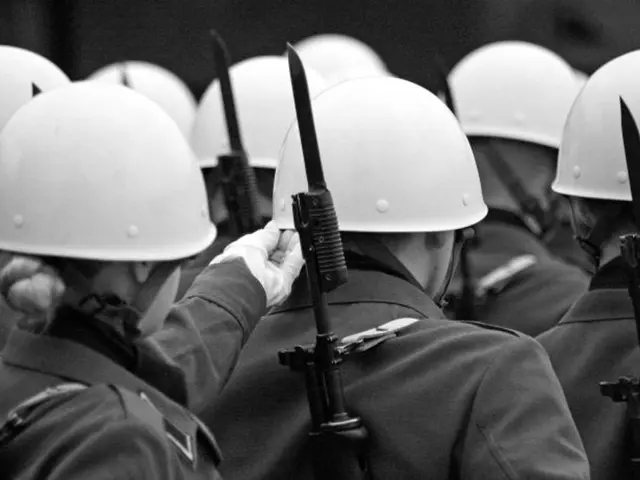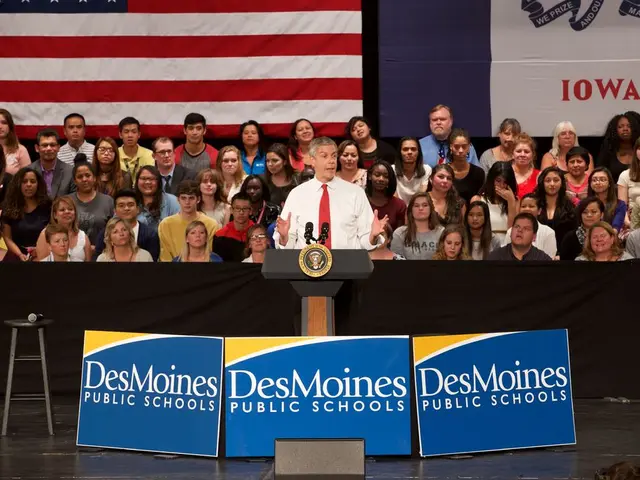Transformed Perspective of Bollywood in Portraying Kashmir
In the heart of India, the region of Kashmir has been a significant part of the country's political and emotional consciousness since the turbulent 1990s. This shift in focus has had a profound impact on Bollywood, India's film industry, which has significantly influenced the world's perception of Kashmir.
Before the 1990s, Bollywood often depicted Kashmir as a romantic idyll, ignoring the people and politics of the region. However, the onset of violence and anti-India militancy in the late 1980s and early 1990s marked a turning point. Kashmir was no longer just a picturesque backdrop; it became a battleground.
The enforcement of laws like the 1958 Armed Forces (Special Powers) Act, which extended extrajudicial powers to security forces, further militarised the region. This transformation was reflected in Bollywood movies, with Kashmir portrayed as a land of militarisation, fear, and communal division.
As Kashmir's political and emotional status changed, so did the film narrative. Movies like "Roja" (1992) intertwined human stories with themes of conflict and militantism, and questions of freedom and identity. This trend continued, with Bollywood films from the early 2000s beginning to highlight the social, political, and emotional realities of Kashmir, including its history of conflict and the trauma experienced by its people.
Contemporary films like "The Kashmir Files" (2022) and "Article 370" (2024) have endorsed government stances on Kashmir, a reflection of the abrogation of Article 370 of the Indian constitution in August 2019, which had allowed the region limited autonomy. However, these narratives often intertwine personal tragedy with military ideologies, balancing harsh realities such as psychological trauma, widespread violence, and human rights abuses faced by Kashmiris with the Indian national perspective focused on security and patriotism.
Critics argue that films like "The Kashmir Files" promote a one-sided narrative that risks reinforcing anti-Muslim sentiment and deepening sectarian divides. Meanwhile, films like "Haider" (2014) offer a more nuanced portrayal, raising questions about how India's Hindi-language film industry, Bollywood, portrays Muslim-majority Kashmir.
Javed Akhtar, a prominent figure in Bollywood, has stated that secularism will prevail in India. Yet, some argue that Hindi cinema is "statist," largely aligned with government narratives. The dialogue in "Haider" and other films challenge this notion, offering a counter-narrative that reflects the complexities and contradictions of Kashmir's conflict.
In the post-independence period, India was imbued with Nehruvian optimism of secularism and brotherhood. However, the portrayal of Kashmir in Bollywood suggests a more complex reality, one that reflects the turbulent history and ongoing conflict in the region. As Kashmir continues to be a focal point of India's political landscape, it is likely that Bollywood will continue to serve as a mirror to subcontinental life, capturing the prevailing political drives and sentiments.
Read also:
- Impact of Alcohol on the Human Body: Nine Aspects of Health Alteration Due to Alcohol Consumption
- Understanding the Concept of Obesity
- Tough choices on August 13, 2025 for those born under Aquarius? Consider the advantages and disadvantages to gain guidance
- Microbiome's Impact on Emotional States, Judgement, and Mental Health Conditions








